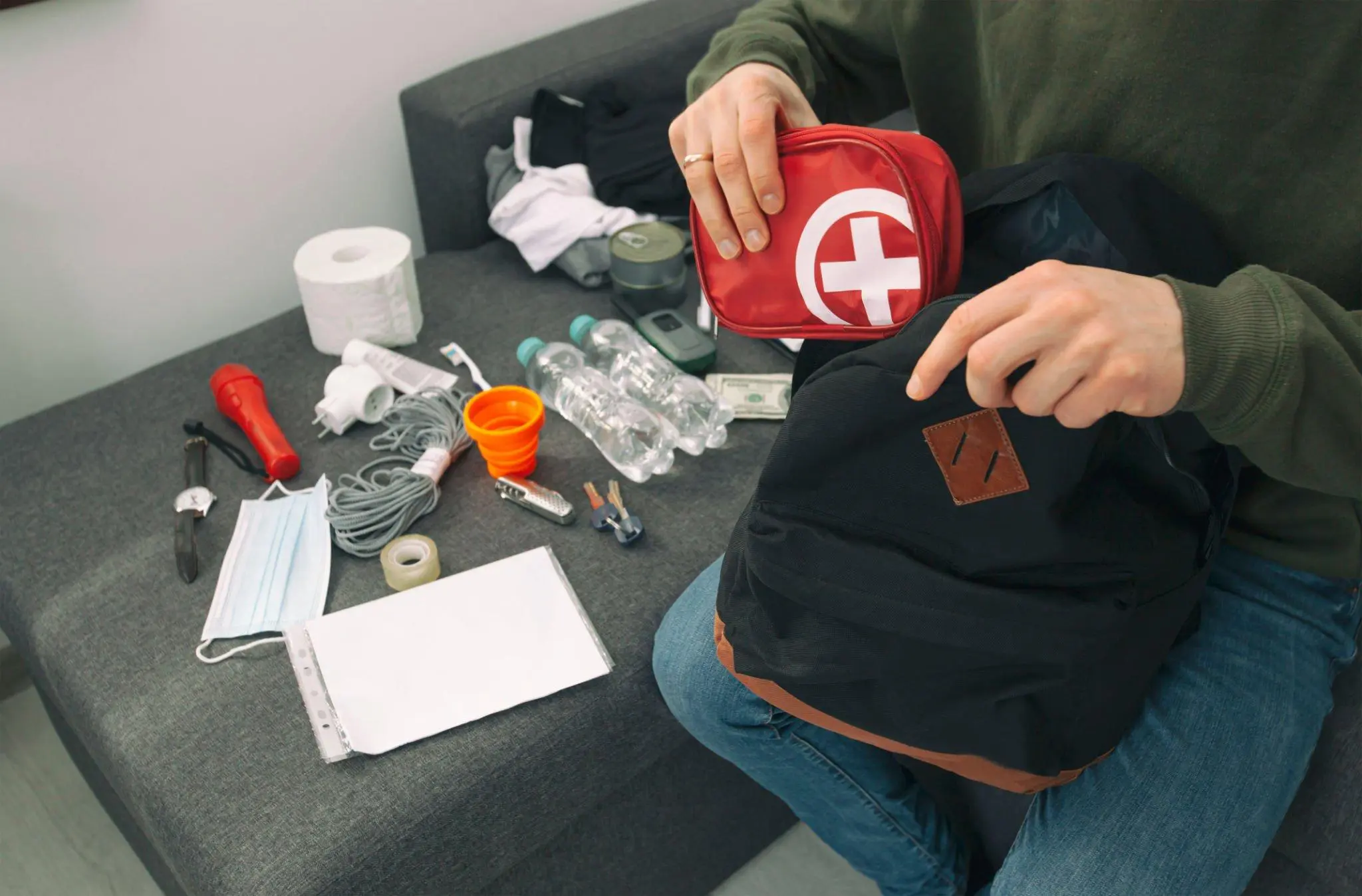USA Standard on OSHA Guidelines Structures
05 Days Course – ACS-GP USA
Scene Safety & Management
Presents factors for evaluating scene safety, including size-up and common scene hazards. Describes scene management factors, focusing on assessing the impact of the environment on patient care and patient protection. Presents protocols for safe response to vehicle collisions with an emphasis on injury prevention
Workforce Safety
Describes pathogenic risk, including how infectious diseases are spread. Demonstrates standard precautions, including when and how they should be used and addresses what procedures to follow if an exposure occurs. Explains body mechanics and demonstrates emergency moves, including how to move and position patients
Primary Patient Assessment
Demonstrates primary patient assessment stages, including establishing patient consciousness and response. Demonstrates techniques for assessing and managing airway and breathing status for responsive and unresponsive patients. Demonstrates techniques for assessing and managing circulatory status. Presents the steps for history-taking, including determining the mechanism of injury, the nature of illness and associated signs and symptoms.
Secondary Patient Assessment
Presents the areas of focus for conducting a secondary assessment. Demonstrates the steps for performing a physical examination as part of a secondary assessment. Demonstrates assessment of vital signs and the steps for conducting a reassessment, including how and when to reassess
Airway Management
Presents important factors in respiratory effort. Describes assessing signs of adequate and inadequate airways and the common causes of airway obstructions. Demonstrates techniques for assuring a patent airway, including through the use of manual airway maneuvers, mechanical airway devices and relief of foreign body obstructions. Describes the factors and procedures for clearing an airway.
Artificial Ventilation
Presents assessment techniques for adequate and inadequate ventilation. Demonstrates supplemental oxygen therapy equipment and procedures for patients with inadequate ventilation. Describes normal ventilation and positive pressure ventilation processes.
Respiratory Compromise
Presents the causes of respiratory compromise, including impaired airway, impaired ventilation and impaired respiration. Describes abnormal adult breathing and its symptoms. Demonstrates techniques for assessing adequate and inadequate respiration and demonstrates techniques for managing respiratory distress and respiratory failure.
Bleeding
Presents general considerations in bleeding emergencies, including the effects of shock. Describes the types of external bleeding, including arterial, venous and capillary and how to recognize and manage them. Describes internal bleeding and its causes, signs and symptoms and demonstrates management practices for patients with internal bleeding.
Shock
Presents the causes, signs and symptoms of shock and demonstrates the management techniques for treating patients experiencing shock. Describes anaphylactic shock, its causes, assessment findings and treatment.
Cardiovascular
Describes symptoms of and demonstrates care for cardiac compromise. Describes causes, assessment and management for angina pectoris. Presents heart attack and the symptoms and causes of congestive heart failure.
Resuscitation
Presents considerations for resuscitation, including airway control and ventilation. Demonstrates chest compressions for one and two rescuers. Presents automatic external defibrillation procedures for adults.

